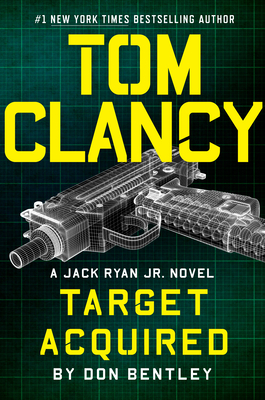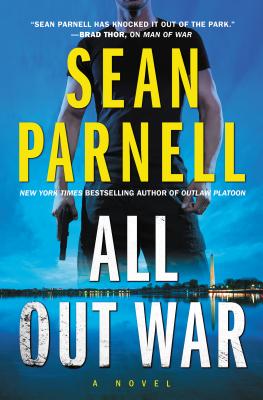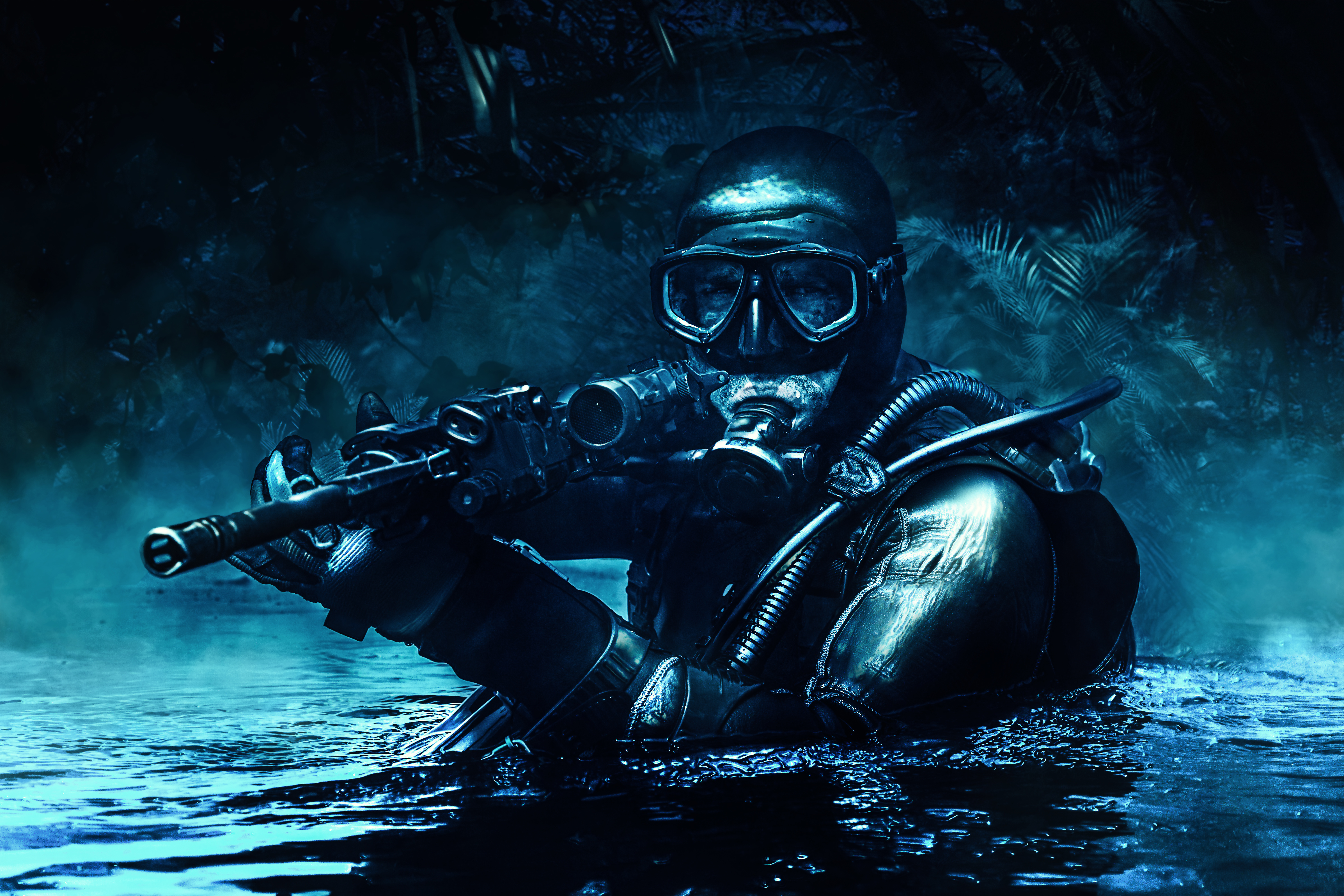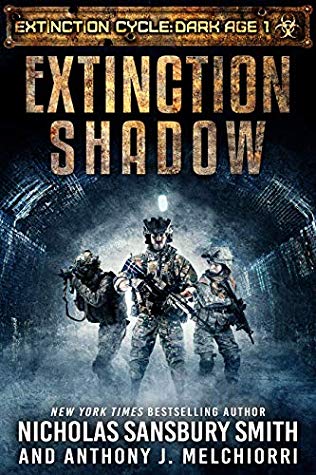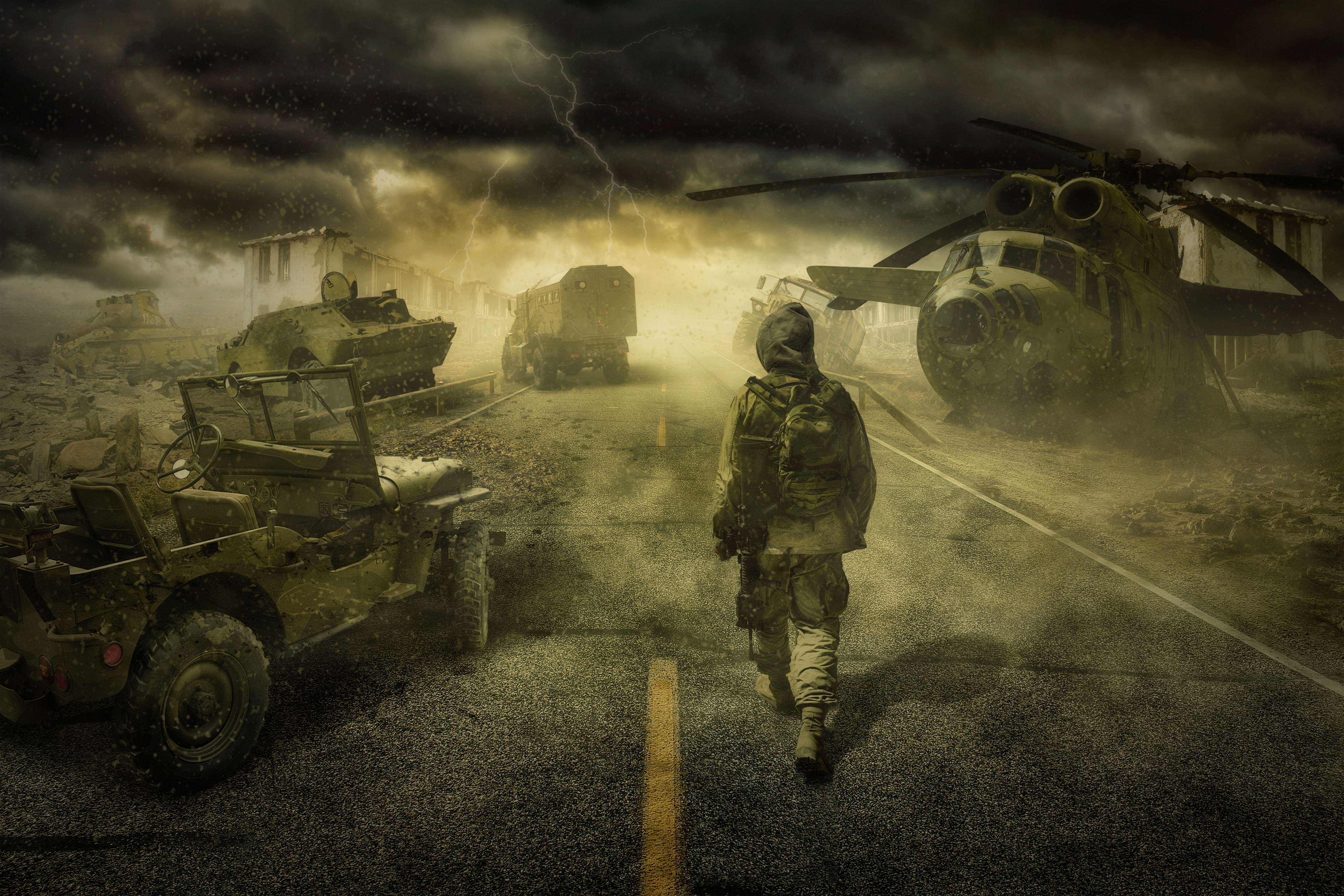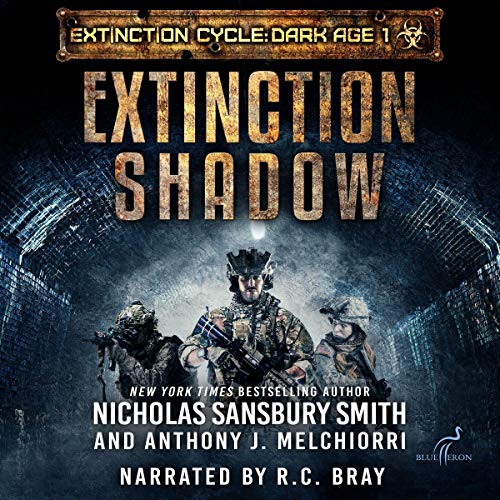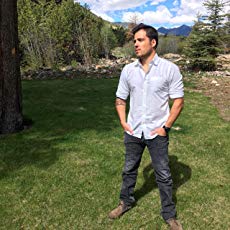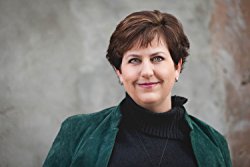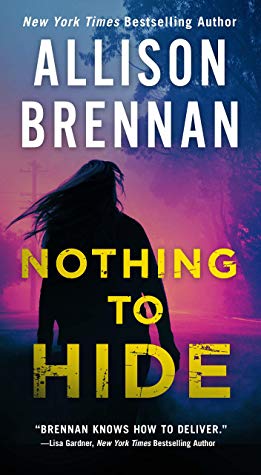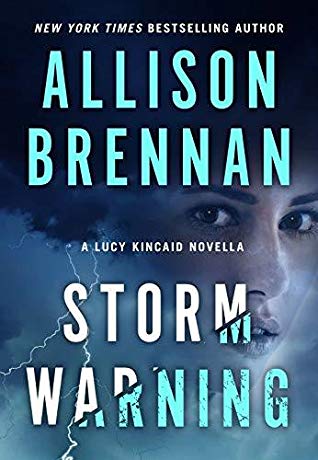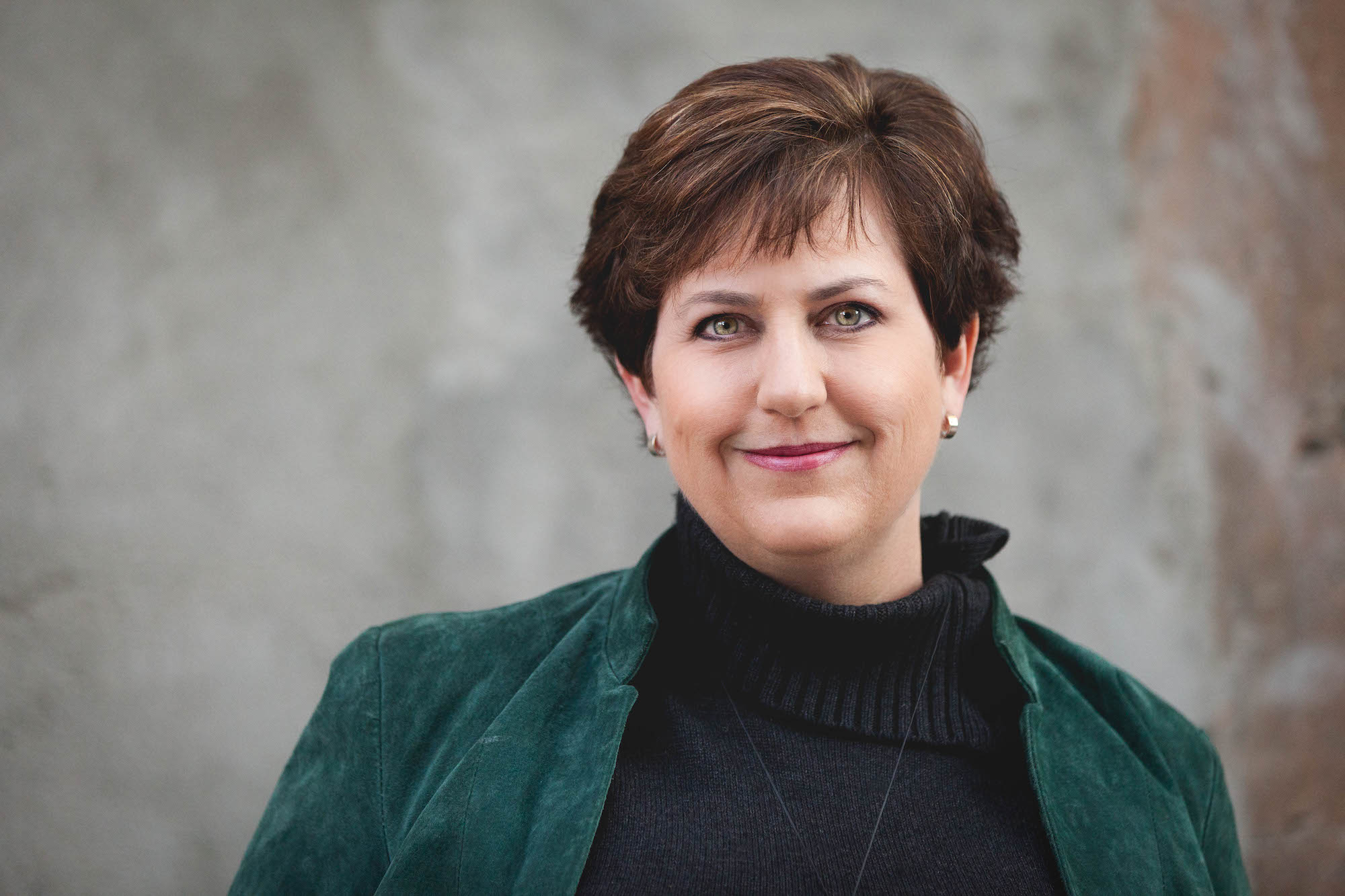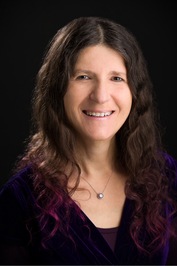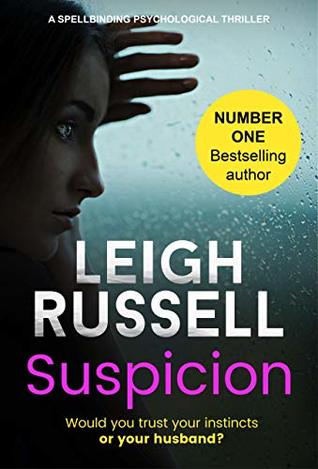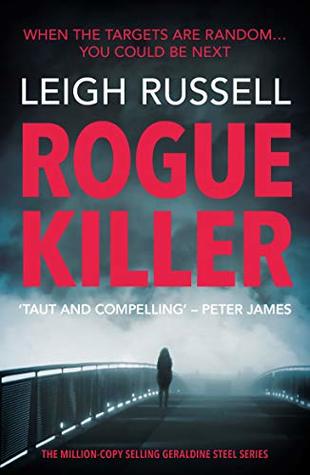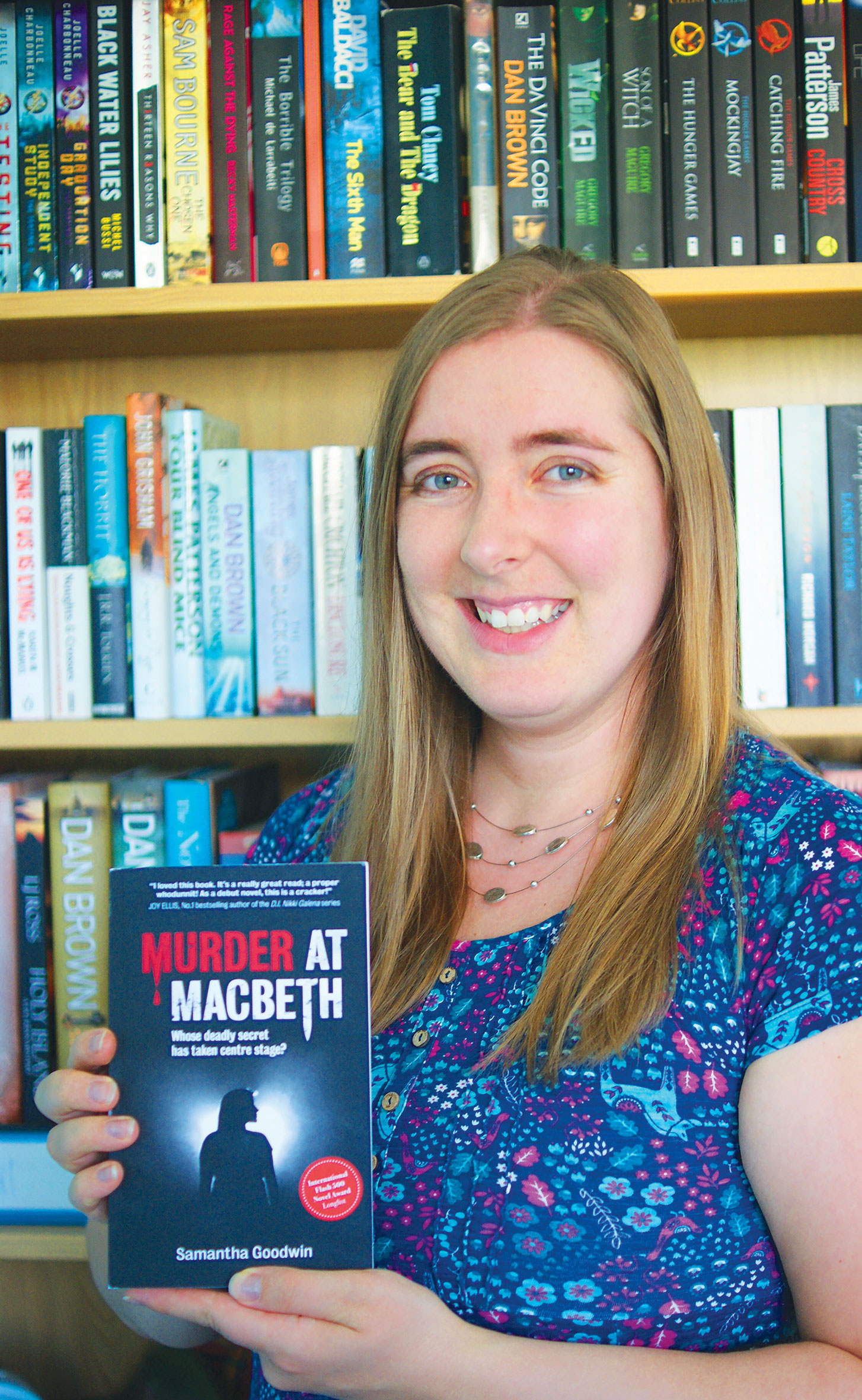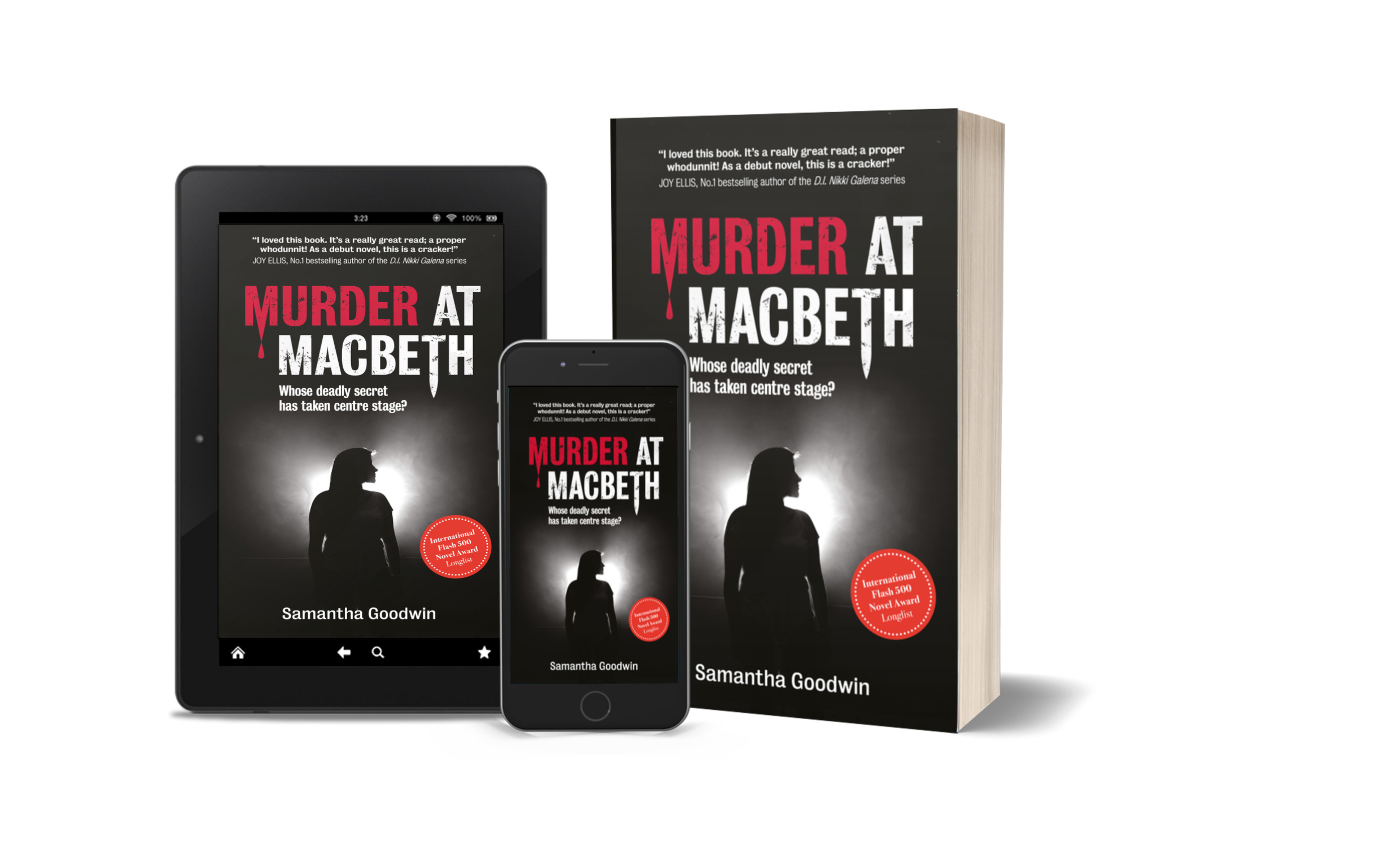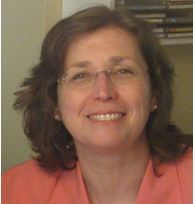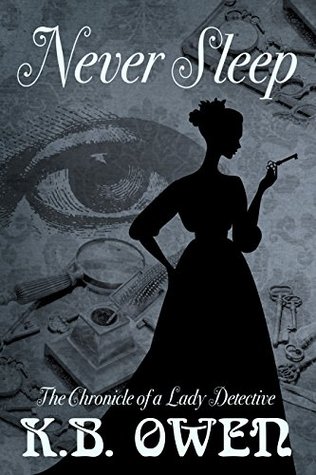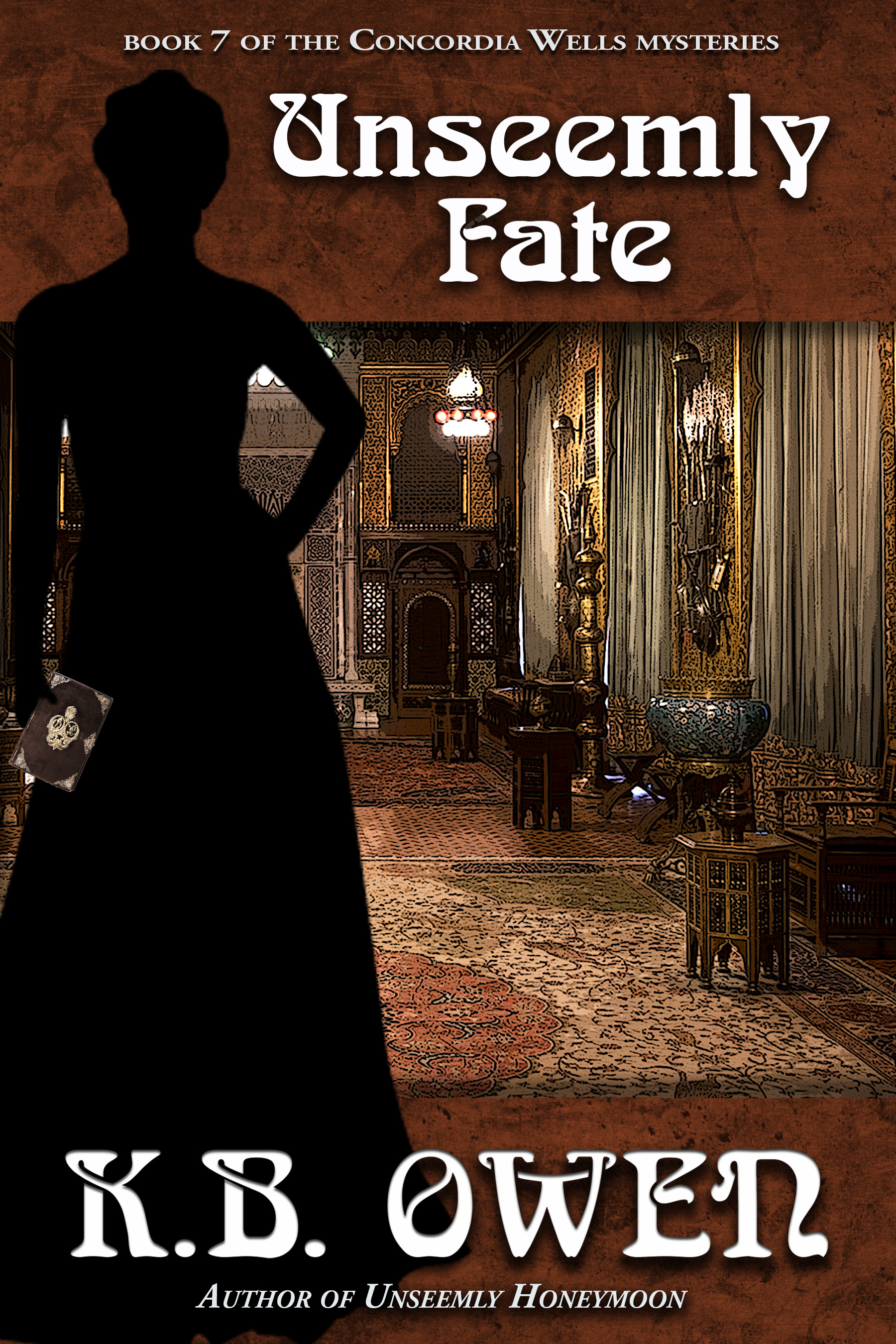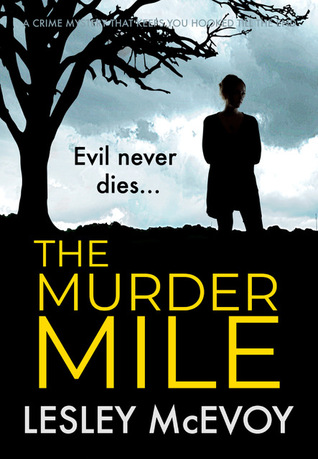
Evil never dies…
Interview
What was it like writing your first book?
Writing is something I’ve done all my life. Over the years, I’ve written quite a few manuscripts – my first serious attempt was submitted in 1980! I still have it in a box in my office. So in a way, I don’t view this as my first book – it’s just the first one that I’ve managed to get published! What I can say is what it was like making the conscious decision to write seriously and with purpose, rather than simply as a hobby that I loved. Previously I’d had to fit my writing around life. Bringing up a family, building a career and then a business – the kind of things we all do, but which makes writing consistently and productively very difficult. In 2017 I attended the Harrogate Crime Writing Festival and met and chatted to several successful authors, agents and publishers. It left me with the feeling, that if I was going to give getting published my best shot, then I had to make the commitment to write full-time – or as near to that as possible. My manuscript for ‘The Murder Mile’ had been something I’d picked up and put down sporadically for a few years. Halting the process when ‘life’ got in the way. I came away from Harrogate determined to treat writing as my ‘Day Job’, and set myself the target of having it ready for the next Harrogate Festival in July of 2018. It wasn’t an easy decision by any means. I still needed to make a living and needed an income. But I worked out the minimum I could manage on, and then committed to working from home as much as possible to maximise my writing time. I run a private therapy practice locally, as well as my corporate work, and the practice became the mainstay of my income during the following year. Fate ‘tested’ my decision when I was offered major contracts, which would have taken me away for months at a time. Something I knew would derail my writing plans. So I gritted my teeth and turned them all down.
It was fabulous being able to think of each day as a ‘writing day’. I tried to be disciplined and get into my office around 10am and work until I really couldn’t write anymore, but I rarely finished before 6pm or 7pm. I finally knew what it must feel like to be a ‘proper’ writer and I absolutely loved it.

What were the most challenging aspects?
Getting into the discipline of making sure that I wrote productively every day. By Productively, I mean, writing words that actually moved the plot along. Developed characters, scenes and plotlines. I realised that giving myself the luxury of a full day of writing was great – but it was too easy to disappear down the rabbit hole of research and not actually do the writing. I know some would-be authors who get so hooked on research that they never actually complete their book.
‘The Murder Mile’, required quite a bit of research in places, but if I was ‘in the zone’ and the words were really flowing – instead of stopping when I hit something I needed to look up, I would just put a note to myself in red which said “Insert [Whatever it was] here later”. Then carry on with the storyline that was flowing.
Another challenge is when I’d hit what others refer to as ‘Writer’s block’. I don’t know how that feels to other authors, but for me those were days when I would stare at the page and literally not know how to start or move things forward at all. My imaginary friends just weren’t talking to me some days. On those occasions I would go back a couple of chapters and re-read what I’d written and do a running edit. Changing words, looking for mistakes and oiling the ‘clunky’ bits. Invariably once I got to where I’d finished the day before, I’d found my voices again and it began to flow. If that didn’t happen, then at least I was comforted by the fact that I’d spent the day productively editing the manuscript and cleaning things up, which saved time at the end.

What’s your creative approach to writing?
For me a plot always begins with a ‘What if?’ I hear a story on the news or read something in the paper and think ‘that’s interesting….I wonder what if…?’ It can bubble away for weeks, months or in the case of ‘The Murder Mile’ several years. Percolating and fermenting until it drips out to form the words on the page. I also always start with the end in mind. Once I know how it will end and I have the ‘How done it’, I start to develop the rest. I’ve heard other authors use the terms ‘Plotter or Panster’. Which means do you plot it all out before you begin and have the complete story arc? Or do you fly by the seat of your pants and just hold on for the ride? I suppose if my experience with this book is anything to go by, I do a bit of both. Sometimes I have a plan, but then the characters say or do something I hadn’t foreseen and that leads us down a completely new path – and it’s often much better than the one I had planned out. I love it when the characters take on a life of their own and start to run things. I just watch it unfold, as if it’s a movie, and write down what I’m seeing. That’s a great feeling and I know at that point that it’s really working and the characters I’ve created have taken on a life of their own. Magical!
What helped you the most in learning how to write a novel?
A lot of authors I’d met were members of writing groups or had done creative writing courses or had a background in journalism. And at first I thought maybe that was the secret? Maybe you had to have that kind of formal training in order to write a book that publishers would want. Happily I’ve since discovered that isn’t the case – which is just as well as none of those things apply to me.
My answer is rather simple. For me at least, reading is and has always been the key to learning how to write. How can you write books if you never read them? How do you even know what you would want to write in the first place, if you don’t know the type of books you enjoy reading?
I read on 2 levels. The first is for the enjoyment of it. Then I think about what worked in the book? How did the writer create suspense / drama? How did they make sure you wanted to turn the page? Take it apart and examine the mechanics of it or of a particular aspect of it that grabbed you, and see how it was done. I do that all the time. Not just with books, but with films / TV programs or even lyrics in a song. I analyse them and look at the nuts and bolts of how they were put together and what made it work – or not work.
Writing is a craft and like any other craftsman practice makes perfect. So as well as reading, I learned how to write a novel, by doing it. Over and over. Not for profit, but just because I loved the process. In reading the kind of novels I aspired to write and studying the work of the best authors in my chosen genre. Like studying the work of the great masters.

What does Jo McCready do as a Forensic Psychologist?
Forensic Psychologists generally are involved with the assessment and treatment of criminal behaviour. They work with prisoners and offenders, as well as Police and other professionals involved in the judicial and penal systems.
Most people are familiar with the role in programmes like ‘Criminal Minds’ and ‘Cracker’, which concentrate on the part they play in criminal profiling. In The Murder Mile, Jo McCready is one of the small number of ‘Celebrity’ Profilers. She has come to public attention by appearing on TV documentaries about serial offenders and subsequently writing books about her cases. She has also been involved in the past in helping to bring killers and serial rapists to justice through her profiling skills. She works as an independent consultant to the police who call her in to advise on offender behaviour and draw up profiles of offenders to assist them in their investigations.
Jo has a wealth of experience in the Criminal Justice System and working with killers, many of whom she helped to track down or gave evidence as an expert witness at their trials, which help secure their convictions. Her database of facts and criminal cases, built up over many years and her knowledge of criminal psychology, helps her to look at a scene and draw conclusions about the possible offender, which the police can use to narrow down the type of people they are concentrating on in their investigation.
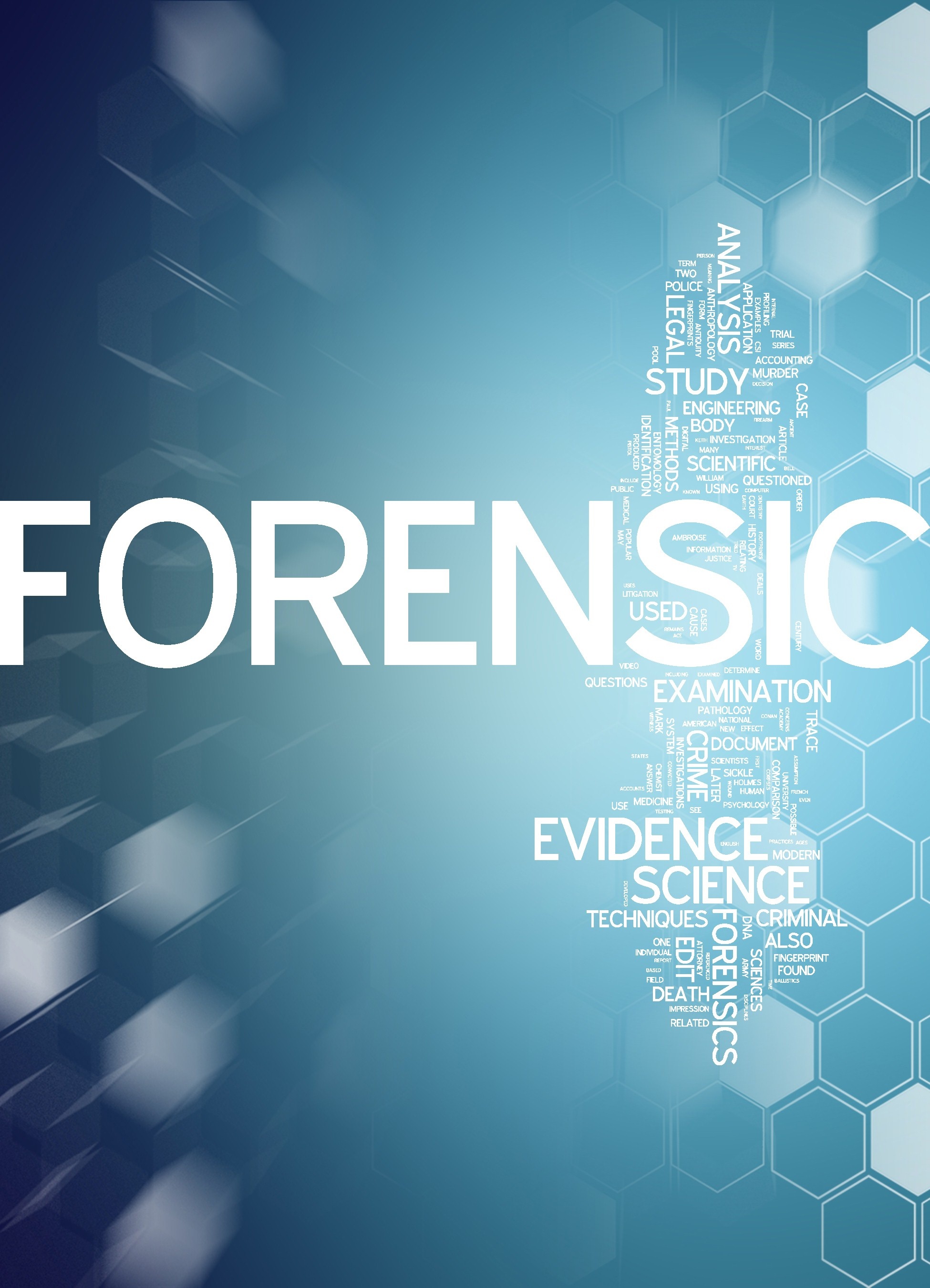
Who was Martha Scott and why was she seeing Jo Mcready?
Martha Scott is a young woman who has been admitted to a psychiatric unit, suffering from severe anxiety and depression. She’s haunted by nightmares of a time when, as a heroin addict she believes she murdered prostitutes by stabbing them. When Jo McCready is called in to help her unlock the memories of what actually happened, she unlocks an ‘alter ego’ who claims to be Jack the Ripper and thanks Jo for setting him free to kill again. Shortly after, Martha is found murdered in the same way as Jack the Ripper’s first victim in 1888 and a sequence of serial killings begin, replicating the murders of the Victorian Era ‘Jack’.
How do you unlock a repressed memory?
It’s believed that the unconscious mind (which is the repository for all our experiences and memories) can block, or prevent a person accessing a memory, because it’s associated with a traumatic event. A kind of protection mechanism to prevent further damage to a person’s mental health. Such memories can be accessed during hypnotherapy, and if they are a result of trauma, the therapist needs to be one specially trained in the treatment of trauma and probably Post Traumatic Stress. In short, the process has to be done with a therapist. It’s not something you can do on your own. In the book, Jo McCready has become an authority on memory resolution after trauma, and has written books about it. So she is called in to see if she can help Martha, who seems to be suffering from the condition.

How did the plot for The Murder Mile develop?
When I tell people about my book, one of the first things I’m asked is where the idea came from? I suppose the short answer is that it sprang from the job I do. I’m a behavioural analyst – a profiler by trade. But it was during my work in the psychotherapy practice that the idea for the book first presented itself. I was a newly qualified hypnotherapist and I was treating a lady for anxiety. She wanted hypnotherapy to help her to relax. My client was in a deep state of hypnosis, when suddenly, her eyes flew open and she turned her head slowly to look at me. The bright blue eyes I had noticed during our therapy session, had turned into black dots that stared coldly into mine. I couldn’t believe what I was seeing. But then she spoke to me. Gone was the soft gentle voice of the lady I had met earlier. Out of the petite body of this frail woman, came the deep guttural voice of an old man!
If anyone else had described this encounter, I wouldn’t have believed them. But the transformation in front of my eyes was as real as it was shocking.
The ‘man’ I was engaging with now, told me that his spirit was inhabiting her body. He said he liked it there and warned me to “back off” and leave them alone. I found myself entering into a bizarre conversation with this alter ‘personality’, during which he threatened to kill me if I interfered or ‘exorcised’ him. Needless to say, I left him exactly where he was!
On bringing my client back from her hypnosis session, it became apparent that she was blissfully unaware of the presence of her dark companion, and I certainly didn’t enlighten her!
As I said earlier my ideas spring from a central question, which is – “What if?” I found myself replaying that hypnosis session and asking…”what if an alter ego appeared during therapy like that and threatened to commit murder now that he was ’free’”?
What if a series of murders began – replicating exactly what the alter personality had promised to do? There had only been two people in the room that night. Only two people who could know what was said…what if one of those people became his first victim? The therapist would be the only one left…she would have to work out how that could happen.
It would be the ultimate “locked room” mystery, but it would be a locked mind instead and the therapist would have to find the key to explain it.
It was an intriguing premise, but I wanted to write crime fiction – not ghost stories, so I knew I had to come up with a way of making it a ‘flesh-and-blood’ killer committing the crimes. How could that be possible in this scenario? It bubbled away for a few years and as I became more experienced and gained more knowledge in the field of psychology and hypnotherapy, I started to formulate a ‘How done it’. Once I had that, it was obvious that the protagonist would have to be the Psychologist and so Jo McCready was born. Then the rest fell into place.

What’s DCI Callum Ferguson’s role in the story?
Callum Ferguson is a Detective Chief Inspector in the West Yorkshire Police. He is the senior investigating officer into Martha’s murder. He and Jo McCready met the previous year when Jo was called in as a Forensic Psychologist to assist in a case he was involved with. Callum and Jo had a romantic history in the past, which simmers below the surface during their time together on the Jack the Ripper copycat case featured in The Murder Mile.
What’s the relationship like between Police Intelligent Unit profiler Liz Taylor and Jo McCready?
Liz Taylor-Caine is West Yorkshire Police’s own Forensic Psychologist. She is younger and less experienced than Jo McCready and seriously resents Jo’s involvement in the current case. Jo tries not to tread on Liz’s toes, but Liz is bitter and it soon becomes clear that she will do anything to undermine Jo. Although Jo tries to maintain a professional relationship with the other woman, it is safe to say that the two are definitely not friends and allies.
About Lesley McEvoy
Lesley McEvoy was born and bred in Yorkshire in the North of England and has had a passion for writing all her life. The writing took a backseat as Lesley developed her career as a Behavioral Analyst / Profiler and Psychotherapist – setting up her own Consultancy business and therapy practice. She has written and presented extensively around the world for over 25 years specializing in behavioral profiling and training, with a wide variety of organisations. The corporate world provided unexpected sources of writing material when, as Lesley said – she found more psychopaths in business than in prison! Lesley’s work in some of the UK’s toughest prisons was where she met people whose lives had been characterized by drugs and violence – a rich source of material for the themes she now writes about.



